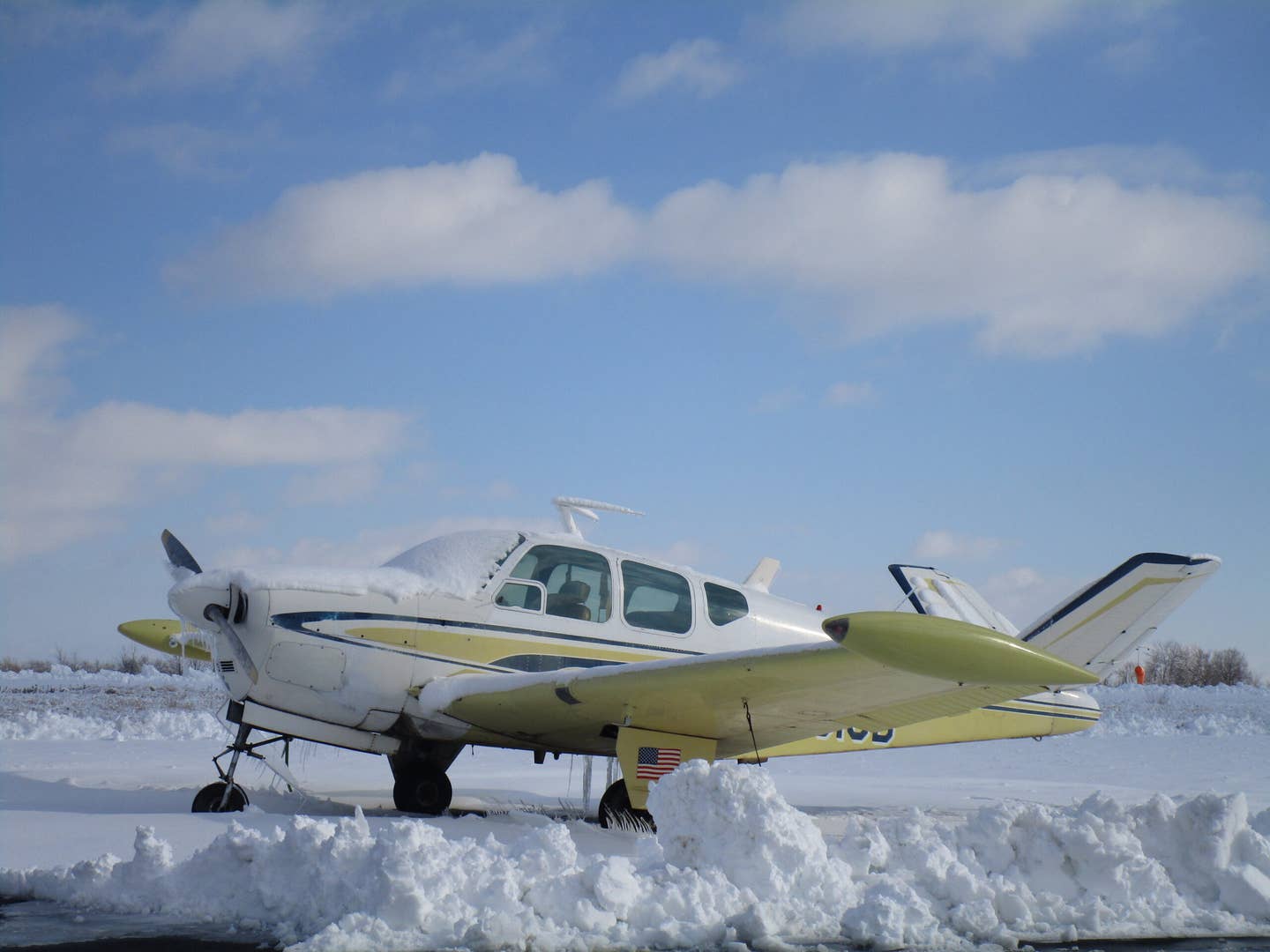NTSB: Snodgrass Failed to Remove Gust Lock; FAA Admin Nominee Pegged; and Shockwave Jet Truck Fatality
Plus, FAA doles out a billion for airport improvements; a new scale warbird makes first flight; flying farmer and sheriffs nab bad guy; and much more!

As general aviation gears up for what promises to be an epic Oshkosh (July 25-31), the first full week in July was a busy one for aviation. There was big news from the beltway, including the announcement of a new, though previously leaked, FAA Administrator nomination and the awarding of a billion bucks' worth of grants to airports expanding and modernizing their digs. But there was more, including the first flight of a cool new warbird replica and the NTSB's report on the tragic accident that claimed a popular aviation figure last year.
NTSB Weighs in on Dale Snodgrass Crash
In its Final Report on the crash of a light plane taking off from Lewiston-Nez Perce County Airport in Lewiston, Idaho, last year, the National Transportation Safety Board found that the pilot, former Naval Aviator and well-known and highly respected airshow flyer Dale Snodgrass had failed to remove the gust lock from the SIAI-Marchetti light single-engine plane he was flying. The locking mechanism, designed to prevent gusty winds from damaging the flight controls, prevented Snodgrass, the Board found, from controlling the aircraft. With the device installed, the plane's nose rose immediately after takeoff, and at an altitude of 80 feet, nosed over in a left turn and impacted the ground in a direct nose-down position.
Phil Washington Pegged as Next FAA Admin
The Biden Administration officially nominated former Denver International Airport (DIA) head Phil Washington to be the next FAA Administrator. The position requires confirmation from the United States Senate, but the legislative body generally rubber-stamps the Administration's pick. Washington, 64, has relatively little experience in aviation. Prior to his top job at DIA, to which he was named just a year ago, Washington led the Los Angeles County Transit Authority, one of the largest in the country. Prior to that, he led Denver's Regional Transportation District. Despite his lack of deep aviation experience, some observers think that Washington's non-insider status might be a plus. The former FAA head, Steve Dickson, resigned earlier this year, citing family reasons, following a brutal two-plus years in which the FAA was made to answer for its actions in the disastrous certification process of the Boeing 737 Max.
Driver of Shockwave Jet Truck Killed in Crash
The driver of the highly modified semi-truck known as Shockwave was killed at an airshow in Battle Creek, Michigan, last weekend during a performance in which Chris Darnell raced aircraft flying down the runway above him. Shockwave is fitted with three vintage military turbojet engines and is said to be capable of speeds of up to 350 mph, though it wasn't traveling that fast at the time of the crash. Even before Darnell passed behind a pyrotechnic wall of flame strategically situated to look from the audience's point of view that the truck is traveling through the flames, there appeared to be trouble with the truck. After Shockwave emerged (from the viewer's perspective) from behind the flames, it looked to be engulfed in flames itself, and went out of control.
Cops, Flying Farmer Team up to Nab Suspect
After a farmer's truck was stolen in Washington State, a citizen that took to the air in his small plane spotted the alleged thief, radioing his position to law enforcement officers, who quickly apprehended the suspected truck thief. It was a wild scene. After the truck was taken, the owner tried to stop the thief, who nearly hit the famer. The driver of the purloined vehicle shortly thereafter crashed and fled on foot into wheat fields. It was at that point that another resident took to the skies in his private plane to find the fleeing suspect. No word on the type of plane that was used in the search, but flying farmers everywhere are celebrating the teamwork it took to catch a thief.
First Fixed-Wing Mars Flyer?
A team of forward-thinking aerodynamicists at the University of Arizona are designing a sailplane that could be the first fixed-wing craft to fly the Martian skies, this according to Gizmodo, which profiled the engineers behind the project. The first flight on Mars, belongs, of course, to Ingenuity, NASA's cool little helicopter that flew last year and has proceeded to exceed the space agency's wildest expectations. The problem with Martian flight is that the air on the Red Planet is extremely thin, so airfoils produce only so much lift. So any sailplane that flies on Mars would have to have an enormous wingspan---the U of A design features an 11-foot-plus span and weighs just four pounds. One advantage of the Martian atmosphere is that it's windy, which would theoretically allow such a design to soar, possibly for hours at a time and much farther from base than a small helicopter can.
The July 4th Aviation Nightmare Fails to Materialize
The air transportation nightmare that many feared the Fourth of July weekend would devolve into failed to materialize. There were delays and cancellations, mostly in the Northeast United States. According to flight tracking company FlightAware, a few large airports in the New York City region had cancellation rates of as high as 5%, with Newark being the worst, at 5.4% of flights cancelled. Delays affected around a fifth of flights at some airports. But nationwide, the picture was far rosier, with cancellations and delays at rates that are common for any summer weekend in the days of the new normal. It probably helped that some airlines were offering pilots attractive overtime rates for flying on their days off.
Airports Get a Billion in Infrastructure Funding
The FAA announced the aviation recipients of $1 billion in grants from the bipartisan infrastructure law passed last year. There are 85 airports across the country that will receive the funding to repair, maintain and improve their infrastructure. Airports mentioned by the administration include Pittsburgh International, which will get $20 million for a new terminal; Orlando, which will receive $50 million for new gates and ADA improvements; DFW, which will use $35 million in grants to build a carbon-neutral power plant to run the airport; and Flint, Michigan, which will use its grant of $3.5 million for a new roof at its Bishop International Airport.

Subscribe to Our Newsletter
Get the latest Plane & Pilot Magazine stories delivered directly to your inbox






